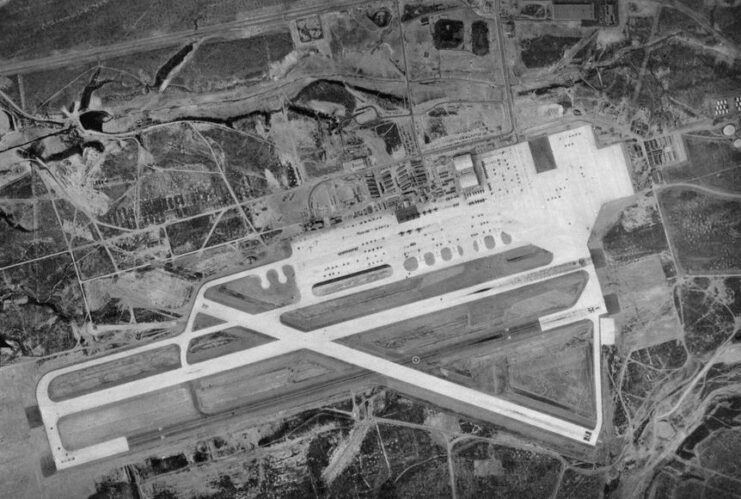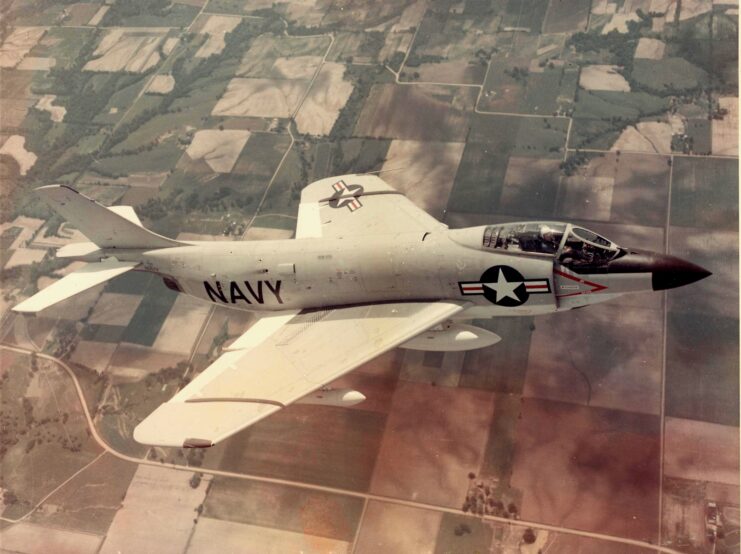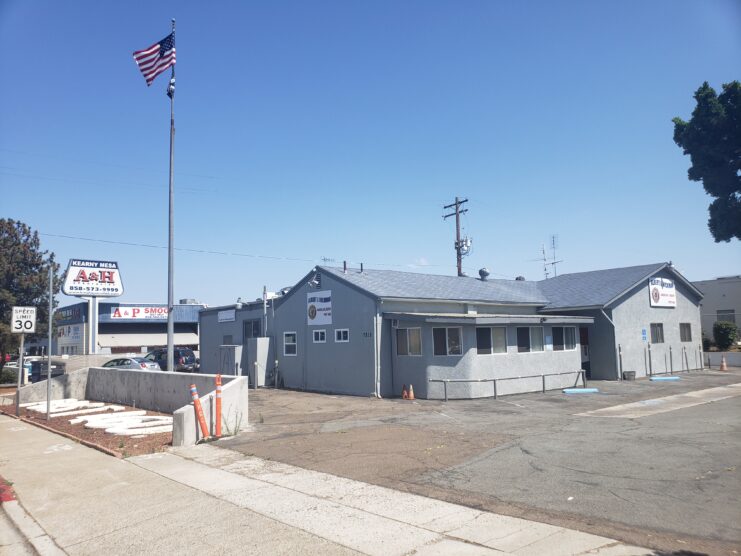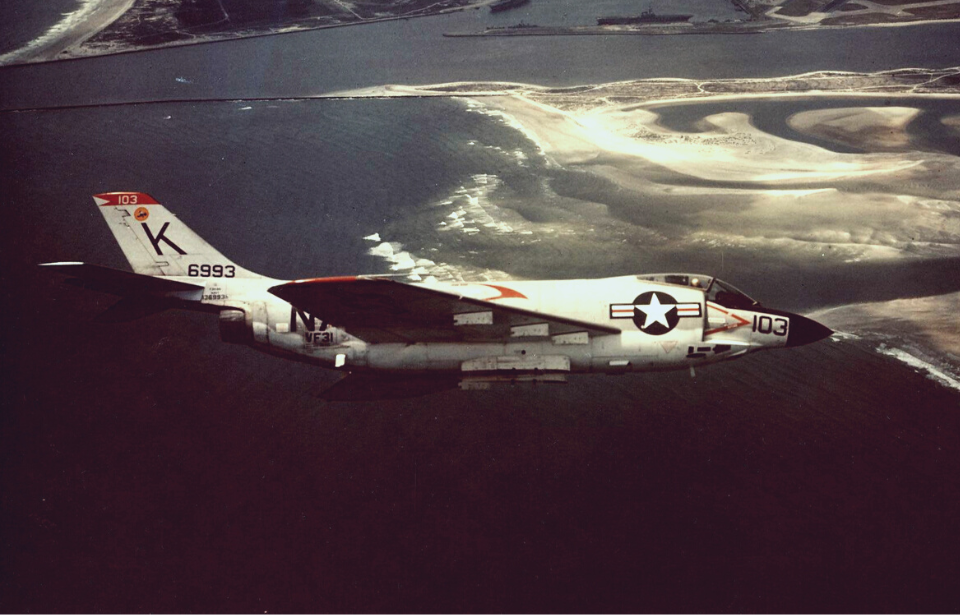Disaster doesn’t just strike in the heat of battle; there are times when things go wrong during training, which put servicemen’s lives in danger. That’s what happened in December 1959, when US Navy Ensign Albert Hickman’s aircraft failed during a routine aircraft drill. Not only did this put his life at risk, it endangered the lives of hundreds of school children and teachers, as well. To save them, Hickman made the ultimate sacrifice.
Who was Albert Hickman?

Albert Hickman was born in Sioux City, Iowa on April 4, 1938. As a teenager, he attended Central High School, graduating in 1956. Before receiving his diploma, however, he enlisted in the US Navy, showing his eagerness to serve his country. Hickman was assigned to Fight Squadron 21 (VF-121) at Naval Air Station Miramar, California (now Marine Corps Air Station Miramar), where he trained as a naval aviator.
At 21, Hickman was practicing aircraft carrier landings. On December 4, 1959, his life was cut short, after his training took an unexpected turn, endangering the lives of children and teachers at a nearby elementary school.
Albert Hickman chose not to eject

Following his final practice run that day, Albert Hickman was traveling back to NAS Miramar when his McDonnell F3H-2N Demon‘s engine failed. At an altitude of 2,000 feet, the engine compressor stalled and surged, and the aircraft’s trajectory threatened to crash into Hawthorne Elementary School, in Clairemont, California, where children were playing outside.
Hickman was forced to employ a controled glide, in the hopes of maximizing the distance his F3H-2N would cover. Heroically, he chose to stay in the cockpit past the minimum altitude for ejection. Instead, he opened the canopy and frantically waved at the children below, warning them to get as far away as possible while he tried to steer the aircraft away.
Honoring a brave man’s sacrifice

While unaware at the time of the sacrifice Albert Hickman chose to make, Hawthorne Elementary School and the surrounding community were extremely grateful for his heroism. He was credited with saving the lives of around 700 children and staff at the school, who wrote “thank-you” letters to his parents.
